A SpaceX Falcon 9 rocket is set for liftoff from Vandenberg Space Force Base, heading southeast over the Pacific Ocean with NASA’s DART asteroid deflection experiment.
The 229-foot-tall (70-meter) rocket is poised for takeoff from Space Launch Complex 4-East at Vandenberg Space Force Base, California, at 10:21:02 p.m. PST on Nov. 23 (1:21:02 a.m. EST; 0621:02 GMT on Nov. 24).
The payload for the mission is NASA’s Double Asteroid Redirection Test, or DART, mission. The first-of-its-kind mission will take aim on a binary asteroid next September, guiding itself to strike the smaller of the pair.
The target asteroid, named Dimorphos, is about the size of a football stadium. Scientists will use ground-based telescopes to measure how much the kinetic impact from DART changed the orbit of Dimorphos around its larger companion, named Didymos.
The experiment will demonstrate how a future spacecraft could be launched to nudge an asteroid off of a collision course with Earth. Didymos and Dimorphos, the asteroid system targeted by DART, do not pose any near-term threat to our planet.
DART was developed by the Johns Hopkins University Applied Physics Laboratory, and funded by NASA. The entire mission costs $330 million, according to NASA.
The Falcon 9 first stage booster set to launch the DART mission has two previous flights to its credit. It first flew in November 2020 with the Sentinel-6 Michael Freilich oceanography satellite, then launched again in May with 60 Starlink internet satellites.
The second stage will perform a “dogleg” steering maneuver, or a left turn, early in its burn to align with the proper track for DART’s launch. The trajectory allows SpaceX to position its drone ship for the first stage landing a proper distance away from Isla Guadalupe, a Mexican island west of Baja California.
The timeline below outlines the launch sequence for the Falcon 9 flight with DART.
Data source: SpaceX
T-0:00:00: Liftoff
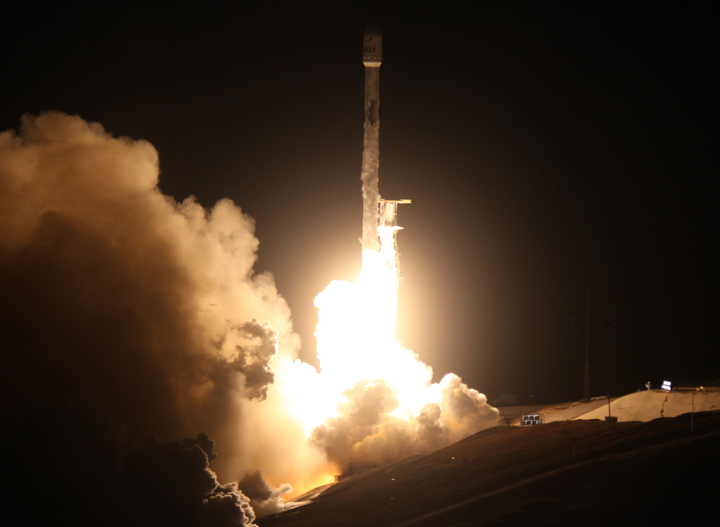
T+0:01:00: Mach 1
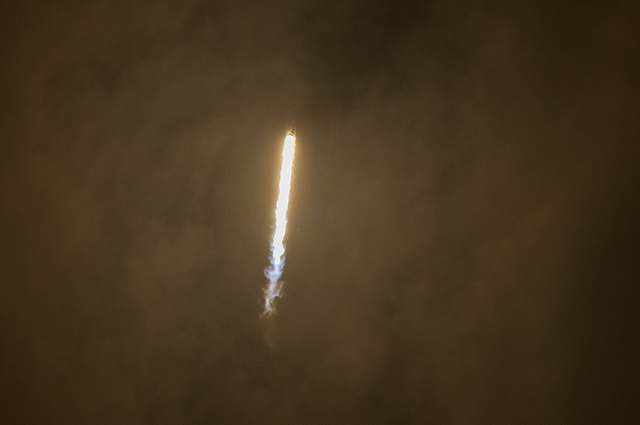
T+0:01:12: Max Q
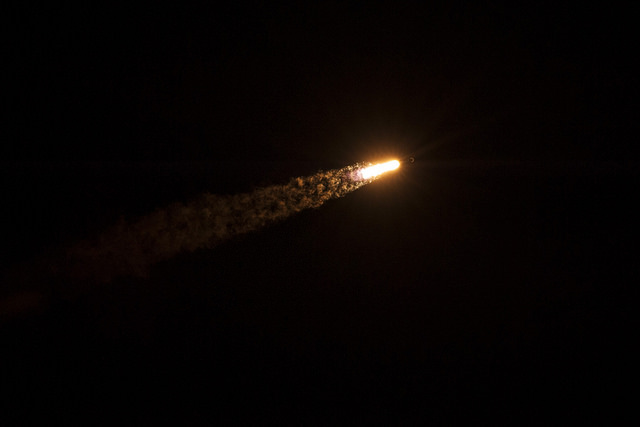
T+0:02:33: MECO
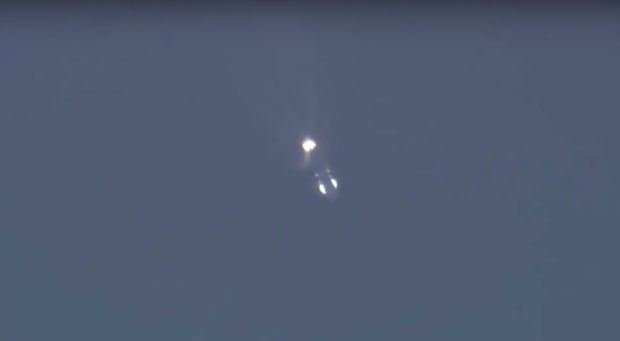
T+0:02:36: Stage 1 Separation
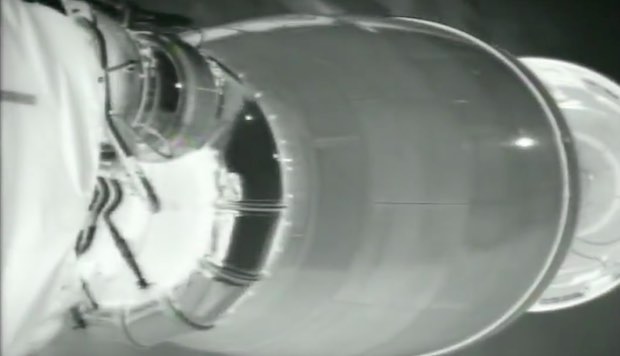
T+0:02:44: First Ignition of Second Stage
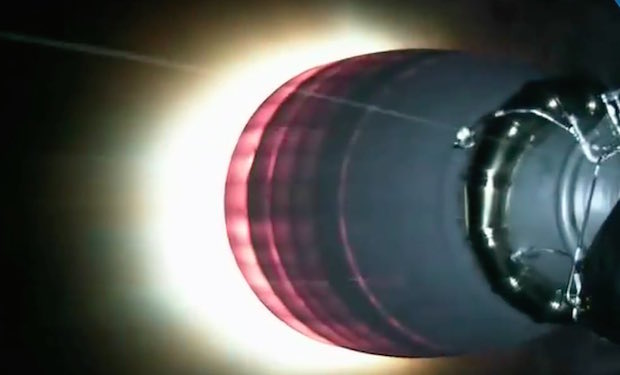
T+0:03:11: Fairing Jettison
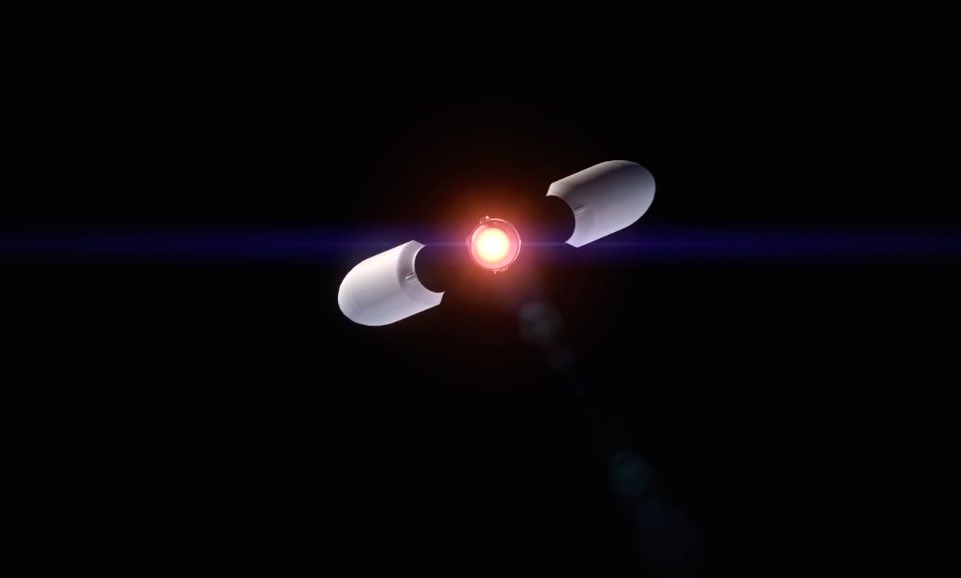
T+0:06:40: Stage 1 Entry Burn Begins
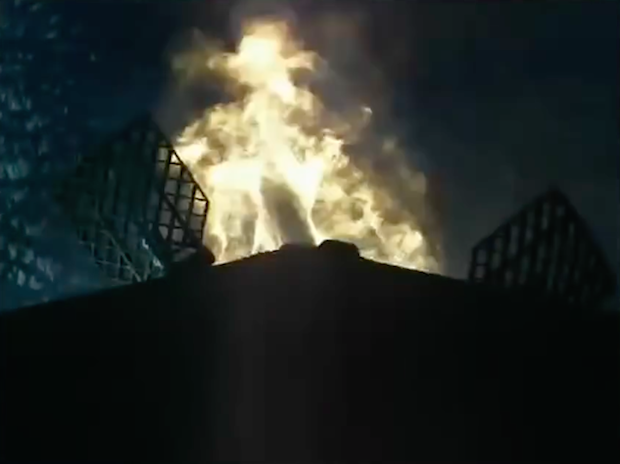
T+0:08:06: SECO 1
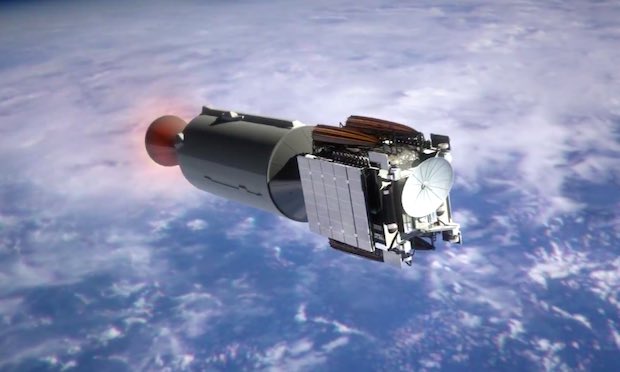
T+0:08:52: Stage 1 Landing
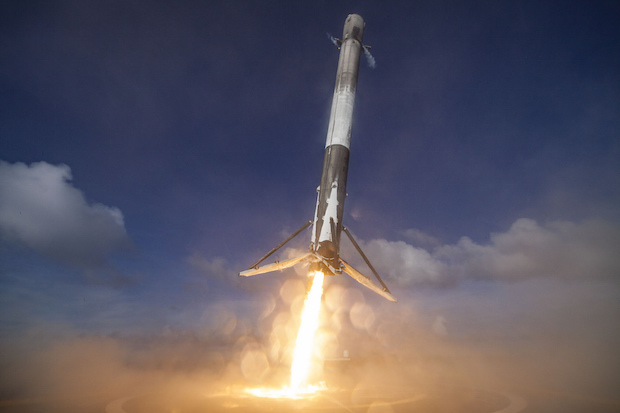
T+0:28:37: Second Ignition of Second Stage
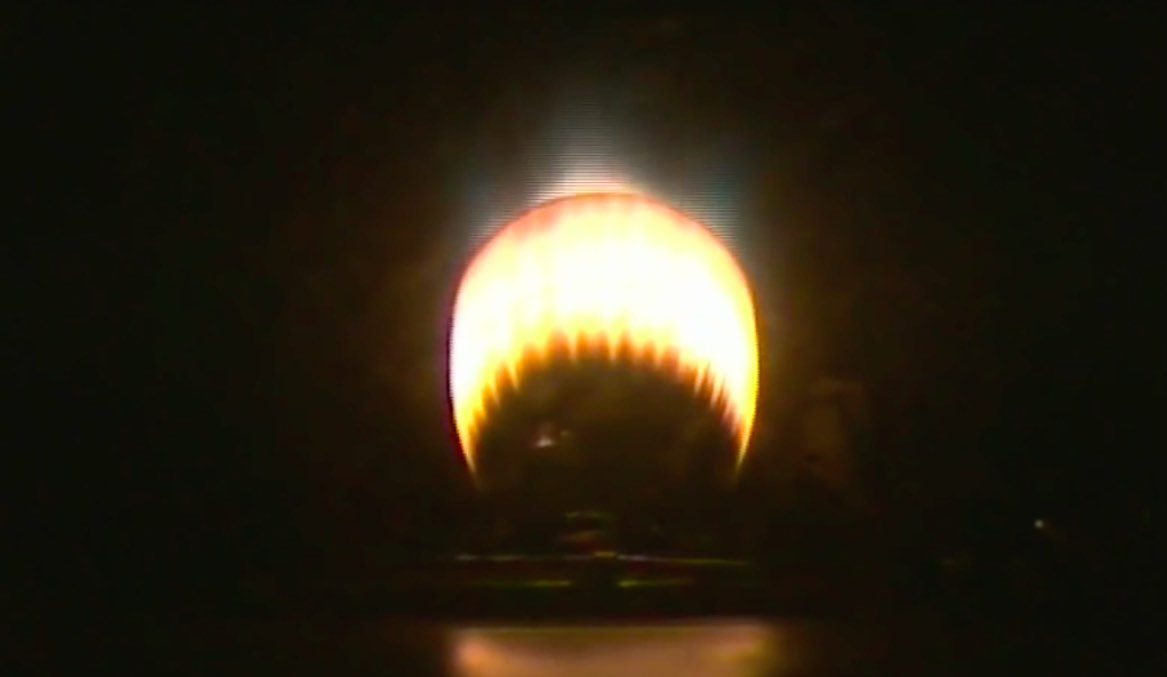
T+0:29:30: SECO 2
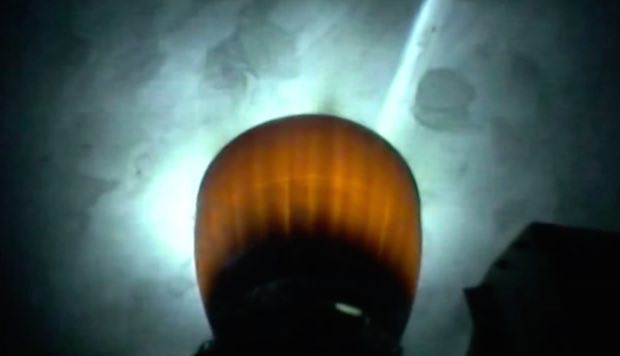
T+0:55:40: DART Separation
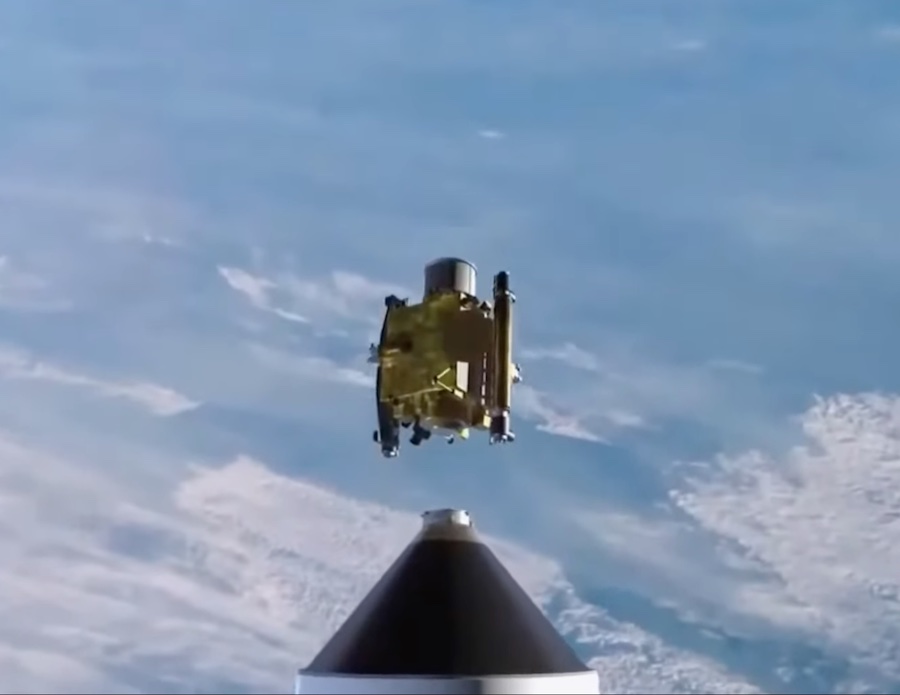
Email the author.
Follow Stephen Clark on Twitter: @StephenClark1.
